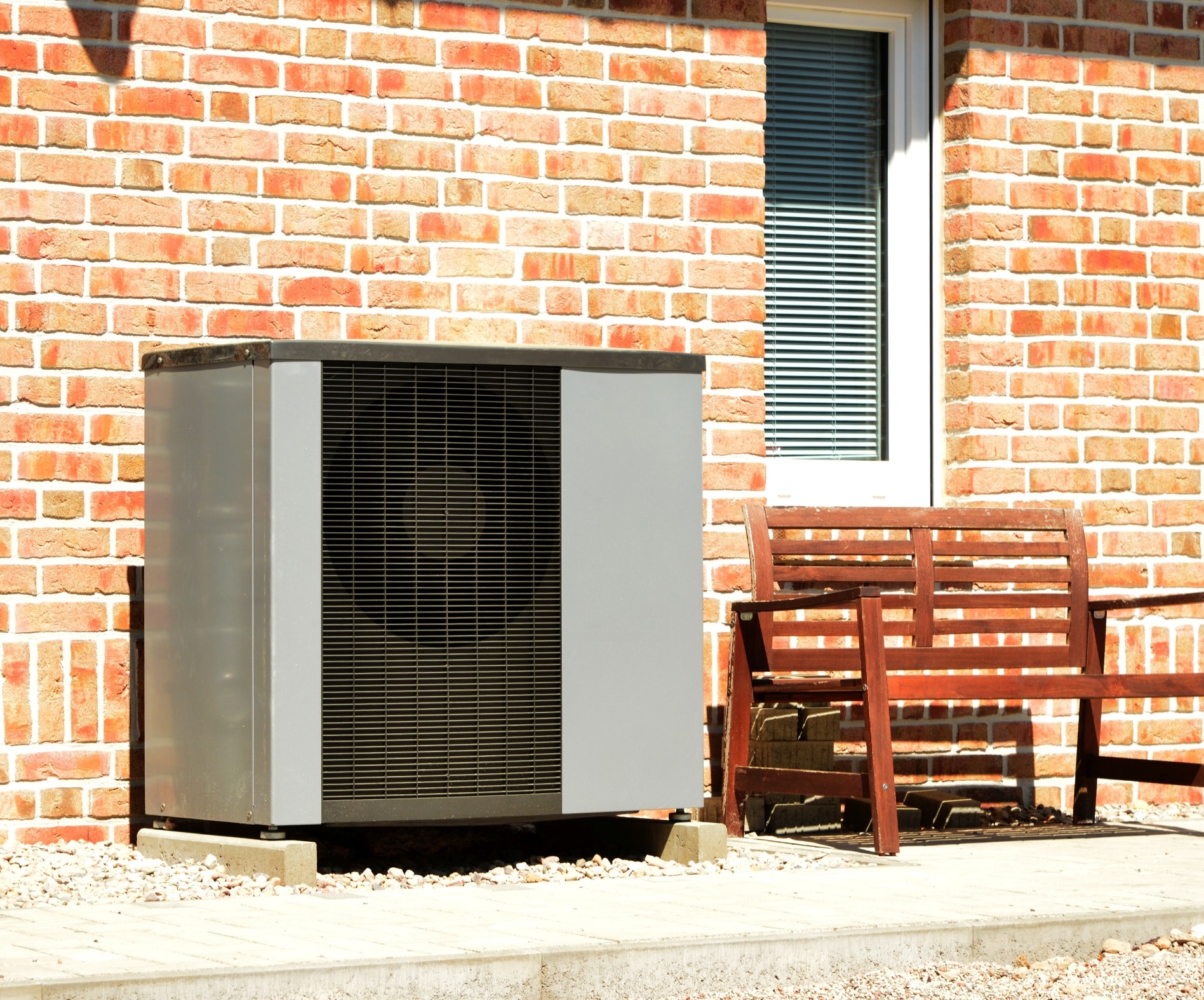How heat pumps may help to ease the energy crisis and boost the economy in 2023

It is almost impossible to ignore the cost of living crisis in the UK. The global rise in inflation has made almost everything more expensive, from mortgages to council tax, from beer to used cars. Even the price of pasta rose by 50% in a fiscal year.
But it’s the surge in the price of energy that affects households the most. As lockdown eased, factories resumed business and cars were back on the roads. But global fuel shortages sent prices rocketing. Petrol stations in the UK closed as cars blocked roads in a panic to fill their tanks.
International newspapers have reported how entrenched the UK energy crisis was compared to other countries, and most Brits are feeling the pinch. One survey has estimated that one in five UK adults is now behind on one or more household bills. As winter fast approaches, the nation’s financial worries intensify.
As homeowners look for cheaper, alternative energy, many people in the UK are turning to heat pumps for a solution. Read on to find out how and why they are replacing traditional heating methods, and how the government can help with the costs buying and installing one.
First, let’s look at why our bills have risen so dramatically.
What caused the energy crisis?
The reasons for the crisis are manifold. In part, because of the depletion of our gas reserves in the bleak winter of 2020/21, and partly due to the Russian invasion of Ukraine when Europeans (and therefore us) were heavily reliant on their gas exports. Instead, Russia’s gas is being shipped to China, and the UK has reopened its coalmines, oil fields and the fracking debate has taken an interesting turn too.
Gas shortages were exacerbated by the winter months as people switched on their heating, while some renewable sources, such as wind and solar power, became harder to produce.
In 2019, energy regulator Ofgem announced an energy price cap, initially to be reviewed biannually, but market instability led to it being assessed every three months. In August 2022, the price cap was set at £3,549. This rate has since been reduced to £2,500—but many will struggle to afford the staggering increase of 139% in two years.
The shortages in supply have left people wondering whether their energy will be cut off entirely. Since January of last year, 30 energy suppliers have folded or been acquired by a larger company. Some companies, buckling under the stress of energy bills, were forced to close and many more business owners are voicing concerns that will have to follow suit. Lack of custom from concerned bill-payers is also affecting company profits, such as John Lewis, who reported a £99 million loss in the first two quarters of 2022.
The reliance on energy to warm buildings is a contributing factor to the UK’s status as the least energy-efficient country in western Europe.
According to the same research by the International Monetary Fund, the UK also has had the steepest rise in energy prices in the same region. The issue disproportionally affects poorer people, who are expected to spend 17.8% of their income on energy bills, compared to 6.1% of earners in the top 10%.
As demand outstrips supply, the amount of raw fuel we use directly affects the cost of our energy. And this trickles down to the overall price of all energy, as the most expensive form of energy sets the market rate. By switching to carbon-neutral methods, it is estimated that the price of electricity will drop to 2020 levels by 2030.
The UK government, in line with the Clean Air Strategy, is keen to meet its zero-emission targets by 2050. It is doing this by encouraging consumers to deploy new, energy-saving heating methods not reliant on fossil fuels. One strategy is the ban on the installation of gas boilers in all new-build properties from 2025.
And in a drive to modernise homes, residential property owners in England and Wales are being offered financial incentives to switch to low-carbon alternatives. The Boiler Upgrade Scheme is providing grants of up to £5,000 for the cost and installation of air heat pumps. Those who live in Scotland are also entitled to a range of grants and interest-free loans for renewable energy.
As heat pumps are powered by electricity, which of course can be green when sourced from solar and wind energy, a national switchover may help to lower the overall cost of our energy bills as gas and oil become more redundant – while reducing national carbon emissions
What are air source heat pumps?

Although a sizeable proportion of the UK population is unaware of air source heat pumps (ASHPs), the technology has been widely embraced by other European countries. Across the continent, around 17 million heat pumps are in use. The biggest uptake was recorded last year, with a 34% increase in sales.
Scandinavian countries have been quick on the uptake. Per capita, Norway is leading the race, with 60% of the population using heat pumps in their buildings.
The benefits:
- By harnessing heat from outside and converting it to heat inside the home, it is highly energy efficient
- ASHPs produce more heat than the electricity consumed to operate them
- Cheaper and more energy-efficient to run than oil heaters (some households are switching from gas, but the price of heating oil has risen exponentially)
- Multiple uses: can be used for hot water, heating interiors through existing radiators or new underfloor heating
- Along with home insulation, installing heat pumps could boost the economy by £7 billion a year and create 140,000 new jobs
- ASHPs can warm homes with outside temperatures as low as minus 20 degrees
- Domestic heat pumps are one of the most affordable heating solutions in the UK
How does an ASHP work?
Quite simply, ASHPs convert ambient heat energy from outside into warmth in the home. Using fans, an outdoor unit gathers ambient air, which is absorbed through heat exchanger coils containing a refrigerant, a fluid with a very low boiling point. As it warms up, the refrigerant evaporates and transforms into gas, which significantly increases in temperature as it goes through a compressor. The heat is then transferred to the home, where it can be used to heat water through a boiler or air ducts throughout the building.
Once the heat has been transferred, the refrigerant flows through an expansion valve to cool it down. It then flows back outside to repeat the process.
With 85% of UK households employing gas central heating during winter, we must find other ways of heating our homes to counteract the shortage of supplies.
It’s about time we, as a nation, started the transition away from fossil fuels where political and external environmental factors can impact our way of living for more cost-effective, reliable and environmental reasons. The recent energy crisis is testimony to this point.
